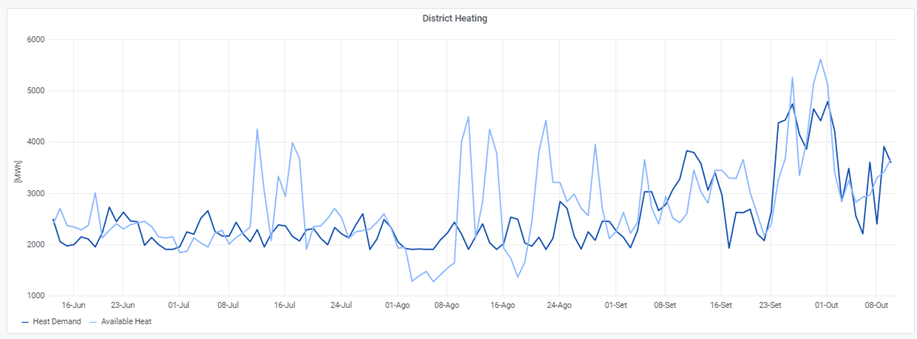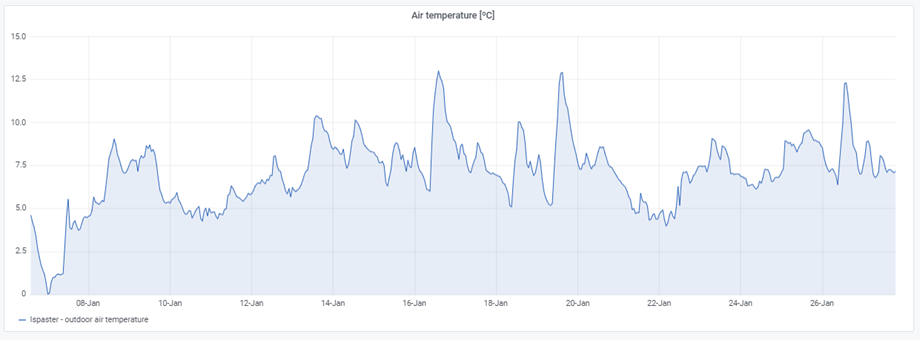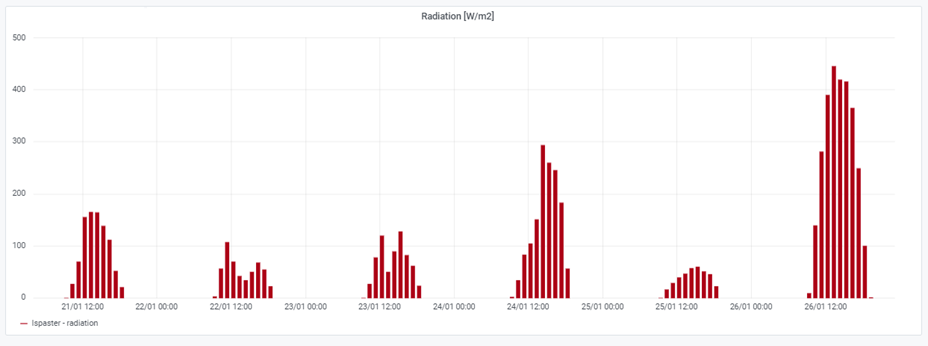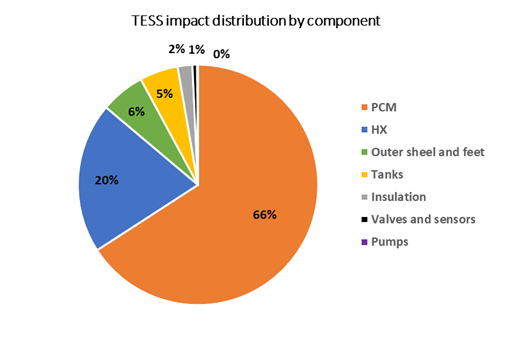Beside the technical challenges of the main components of the CHEST system, it is also very important to develop intelligent operation strategies for the CHEST system. This means that the high-temperature heat pump (HTHP) and the Organic Rankine Cycle (ORC) operate in a way that maximizes the (economic) output of the CHEST system.
Such an intelligent operation strategy depends on a range of different parameters, for instance, energy demand, renewable energy source (RES) production profiles, fluctuating electricity prices, among others. For this purpose, Aiguasol developed a Smart Energy Management System (SEMS) that calculates an optimal operation strategy based on different input data and with the help of predictive algorithms.
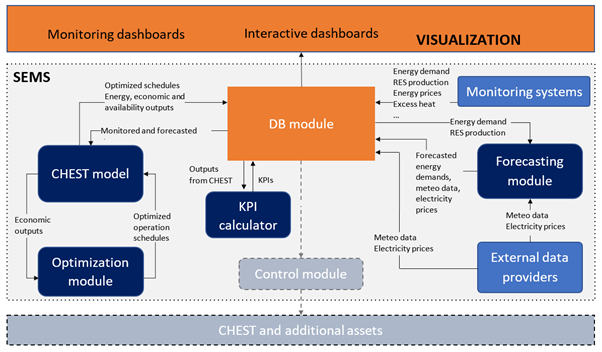
The SEMS consists of different independent tools and modules that are integrated in a global infrastructure. A database module collects, among other, monitoring data from a CHEST system as well as current and forecasted weather data and electricity prices. These data feed a CHEST model that simulates the operation of the CHEST system. An optimization module uses predictive algorithms to define operation schedules and finds an optimal operation strategy together with the simulations from the CHEST model.
Currently, the University of Stuttgart together with other partners are carrying out an evaluation of the SEMS under the boundary conditions of the two theoretical case studies of Aalborg and Ispaster. This evaluation is based on a comparison between the performance and economic results that the SEMS operation strategy gives and the results from TRNSYS simulations with simpler operation strategies implemented.
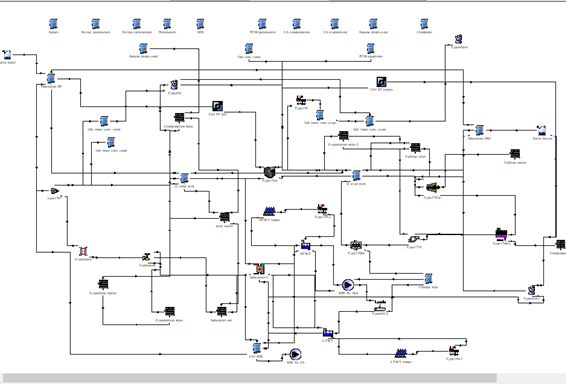
In a first step, the partners in this task elaborated several of such simple operation strategies. At the moment, simulations for the two case studies are carried out to compare the results with the ones achieved by the SEMS. This will help to evaluate how far the developed SEMS defines an optimal operation strategy to allow for maximum economic benefit of the CHEST system.
